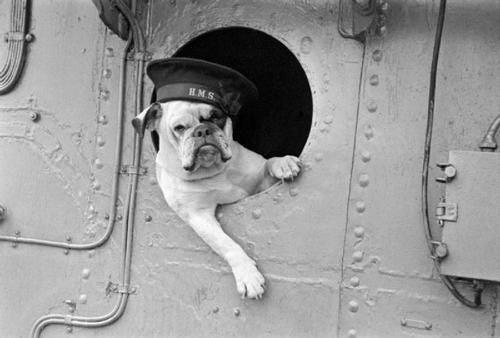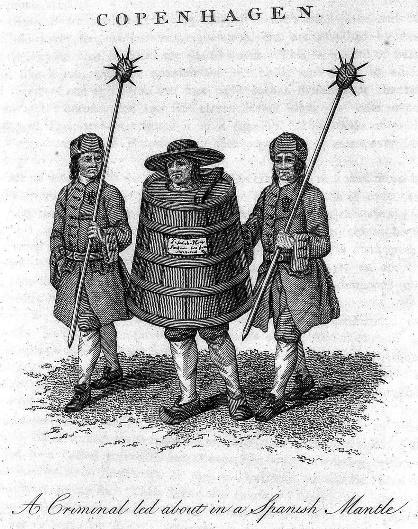Lessons Learned: What I’ve Learned About History From My Still Banks
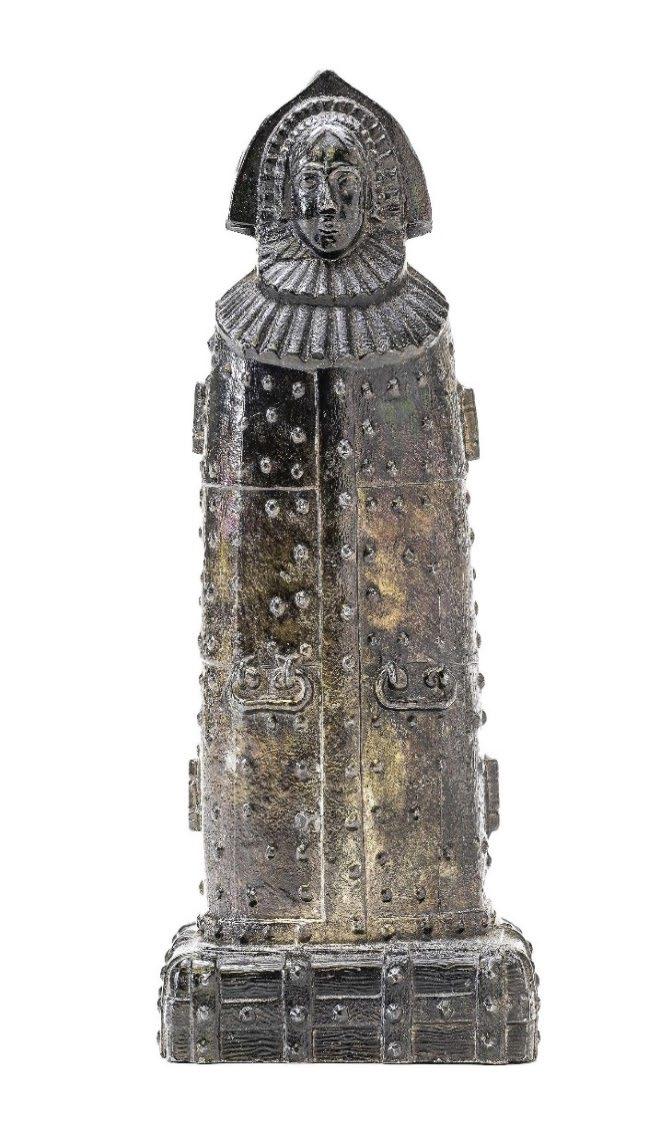
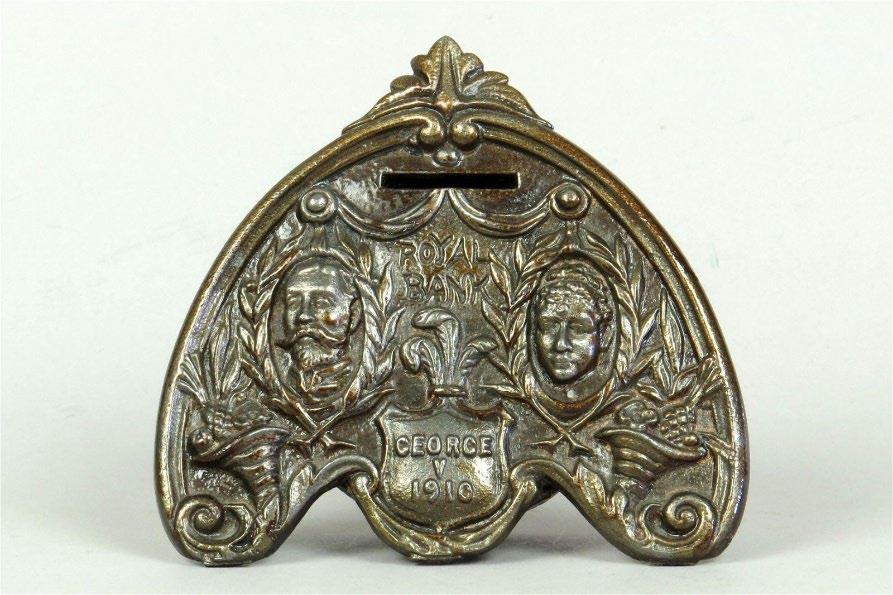
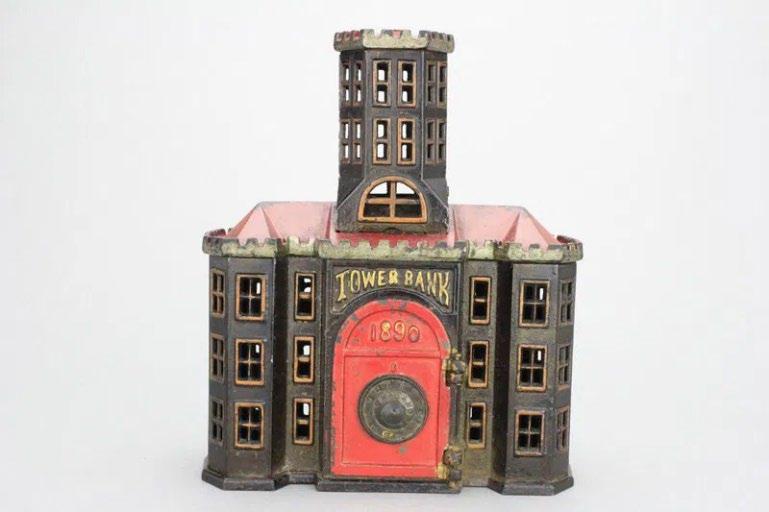
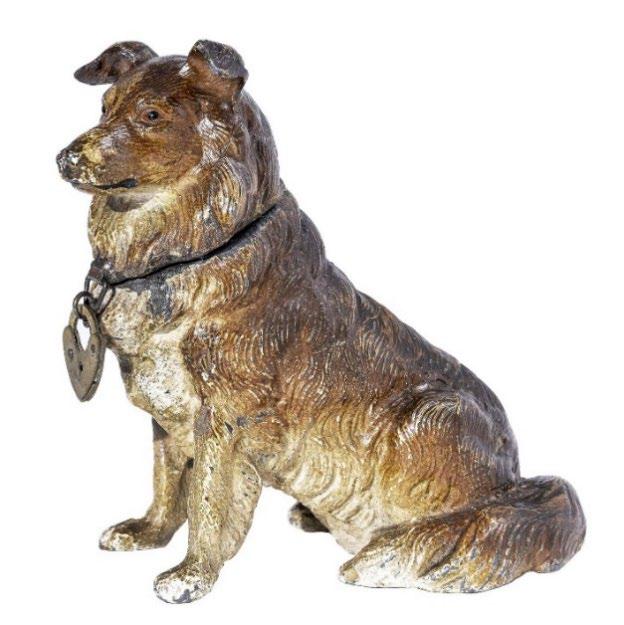
Introduction
It is obvious to anyone who visits my home that there are many small items cast as animals, buildings, and other objects on display. Less obvious is WHAT these objects might be and the surprised response I receive when I tell people they are banks. The most surprise (and bewilderment) comes from the children who visit. As I think about it, the bewilderment is understandable. Middle-S chool and High-S chool students generally do not use coins when making purchases preferring the digital sales tools easily available on their mobile devices. Why “save” something that is not used? And why would you collect something designed to do this?
The first question is based on fact. Pennies, in particular, are often described as more troublesome than useful. (Comedian John Oliver noted, “Two percent of Americans admitted to regularly throwing pennies in the garbage, which means the US Mint is spending millions to make garbage.”) It has even been suggested that the penny should be eliminated as a unit of currency. As of 2024, about a quarter trillion pennies are estimated to be in circulation, or more than 700 pennies for each person the United States. The US Mint reports that pennies account for a larger share of circulating coins than nickels (1.4 billion), dimes (2.7 billion), quarters (2.3 billion), and halfdollars (18 million).
Of course, I hope that everyone who sees my collection shares at least some of my enthusiasm for my banks. But I face the reality that young people see no functional use for a bank and share little interest in the details of the bank itself beyond the obligatory question “When was it made?”. Let’s return to the second question: Why are you collecting banks?
The easiest answer is because I like them. While true, this has proven to be a conversation stopper with teens and pre-teens. Instead, I now choose a bank and share what the bank tells us about history. The stories (lessons learned) have generated far more interest in (and, I hope, appreciation for) the object I hold in my hand. What follows are selected examples from my growing collection of Lessons.Learned¿.What.Still.Banks.Teach.Us.About.History.
Contents:
The Iron Maiden – The Legend Lives On
Tower Bank - What do armories reveal about the needs and values of America?
CI "Royal Bank" - A Monarch Murdered?
Seated Collie Spelter Bank - Fro m WWI to the Hollywood Walk of Fame
Large Seated Dachshund Bank - The Liberty Hound
German Lead Jackie Coogan Still Bank - From The Kid to Uncle Fester
Catherine.R¡.Cook?.September.8680
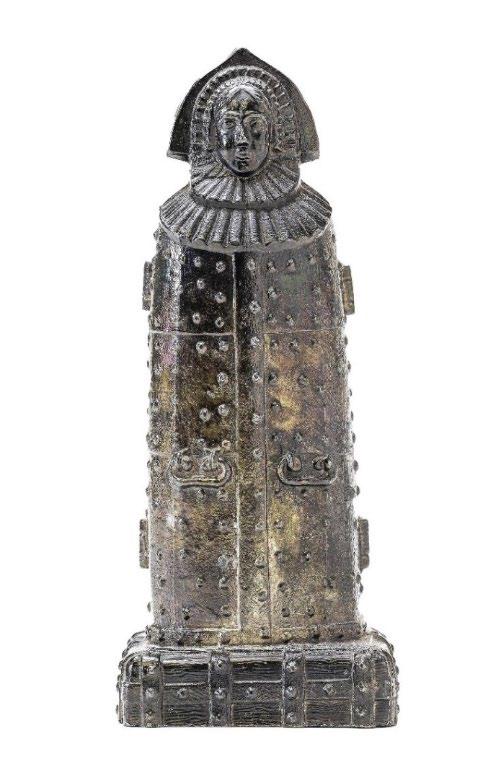
The Iron Maiden – The legend lives on
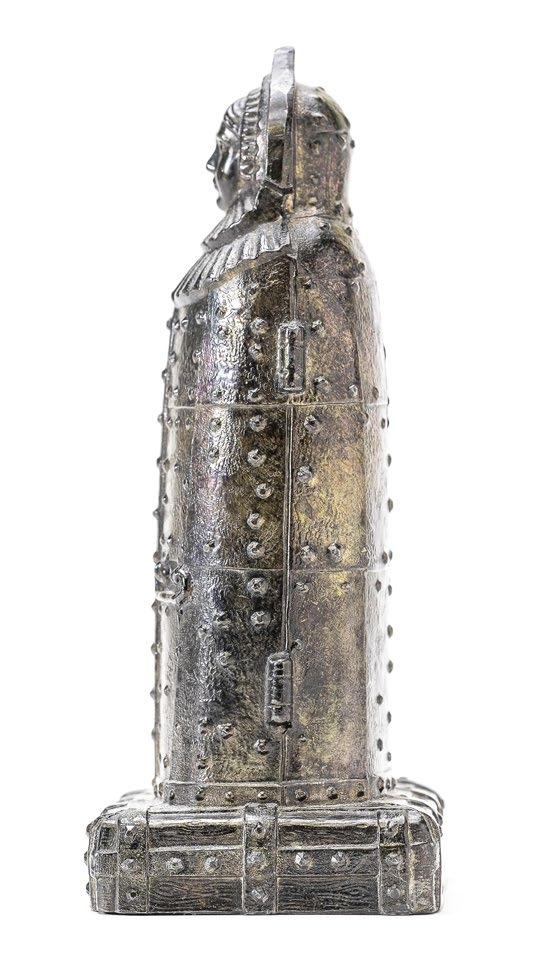
If you have seen The Pit and the Pendulum (1966) or The Princess Bride (1987) you are familiar with popular imagery and legend surrounding the Iron Maiden. The Iron Maiden Bank (KLM, 1930, 4.875” Tall) captures this popular imagery.
The Iron Maden has been described as a human-sized box with interior spikes. The victim would be forced inside, the door would shut and spikes would be driven into the victim’s body. The spikes were supposedly short and positioned so that the victim would not die quickly but would bleed out over time. Some descriptions include spikes positioned over the eyes of the victim.
But did the Iron Maiden actually exist? Despite historical references to this device, it is now believed that the iron maiden as a torture device is fictional. There are no credible references of its use in the Middle Ages.
Why do so many believe that the iron maiden was a torture device? First, there are historical references that precede its Hollywood fame to both nail-studded boxes and statuary.
"The City of God," a Latin book of Christian philosophy written in the fifth century A.D., tells a tale of torture of the Roman general Marcus Atilius Regulus, who was locked in a nail-studded box (or barrel) by the Carthaginians:
“They shut him up in a narrow box, in which he was compelled to stand, and in which finely sharpened nails were fixed all round about him, so that he could not lean upon any part of it without intense pain; and so they killed him by depriving him of sleep.”
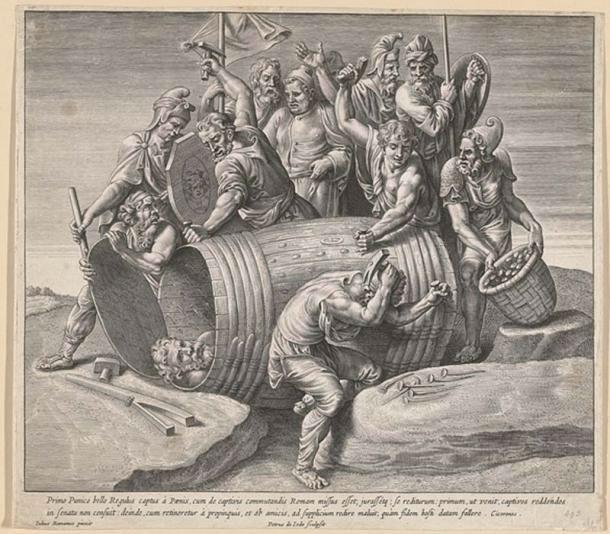
In the late 1700s German philosopher Johann Philipp Siebenkees wrote about the alleged execution of a coin-forger in 1515 by an iron maiden in the city of Nuremberg. Interestingly, the Iron Maiden of Nuremberg was not built until the early 1800s. It was destroyed in an Allied bombing in 1944. (Live Science).
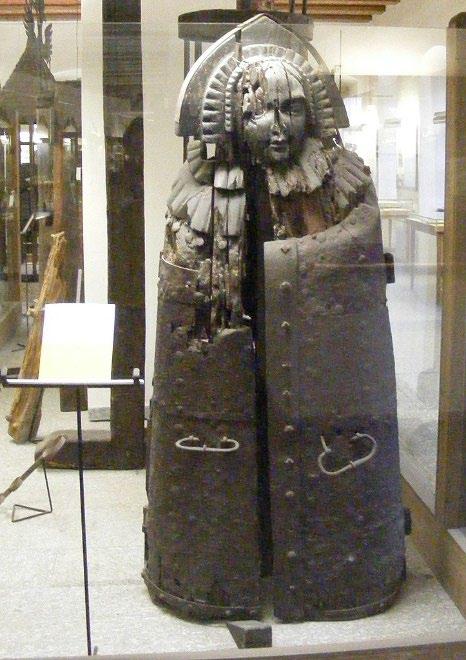
Copy of the iron maiden of Nuremberg on display in Rothenburg ob der Tauber.
By the early 19th century, iron maidens were being created and displayed not only in Nuremberg but also in other European cities. Towards the end of that century, in 1893, an iron maiden was exhibited at the World’s Fair in Chicago. The iron maidens created during this time were pieced together from various medieval artifacts and spare parts and displayed to the public for a fee. (It is now believed that the first iron maiden was actually created by Victorian collector Matthew Peacock who then donated it to a museum, where, not surprisingly, visitors believed it was real.)
Stories about the iron maiden continued to circulate throughout the 19th century, sometimes growing quite elaborate. One rumor claimed the Catholic Church used iron maidens during the Inquisition as a way to torment non-believers. According to this story, the woman's head atop the device was meant to be the Virgin Mary. Targets of the iron maiden would see the Virgin Mary as their last sight before being sealed inside the device. (The Virgin Mary might seem an unusual reference on a torture device, but her presence was meant to symbolize the victory of religion over heresy.) The woman's head on the iron maiden earned it several other names, including the Virgin and Jungfer - German for spinster.
Of course, most fiction has some basis in fact and perhaps the punishment device used by Medieval Europeans called the Schandmantel which bears some superficial resemblance to the Iron Maiden offers some explanation for our belief that the Iron Maiden actually existed. The Schandmantel, which sealed up the victim's torso inside a barrel, was meant to publicly humiliate lawbreakers. Its German name, Schandmantel, actually means "coat of shame."
Sources:
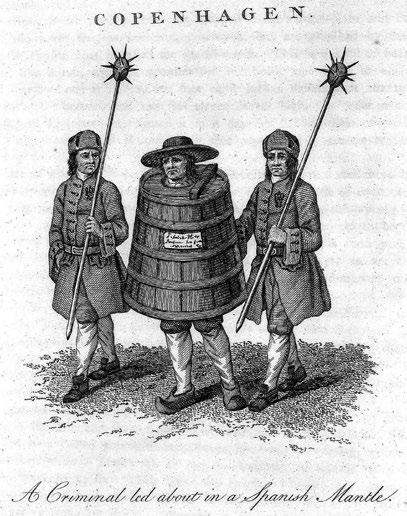
Ancient Origins (2020) The Iron Maiden: This Medieval Torture Device Was Used as Recently as 2003! | Ancient Origins (ancient- origins.net)
Harvey, Austin (2023) The Surprising Story Of The Iron Maiden, Said To Be The Most Brutal Torture Device Of The Medieval Era. The Iron Maiden Torture Device And The Real Story Behind It (allthatsinteresting.com)
Medieval Britain. Medieval Torture Devices: The Iron Maiden - History & Pictures (medievalbritain.com)
Pappas, Stephanie (2016) Are Iron Maidens Really Torture Devices? | Live Science
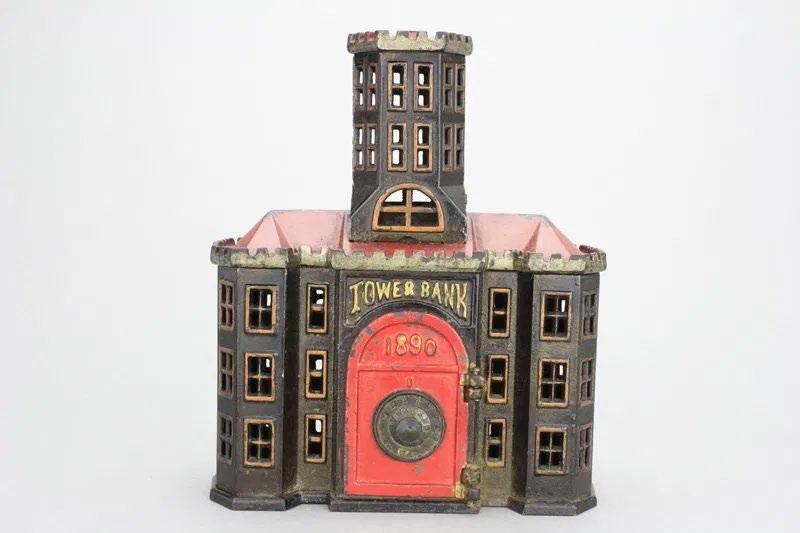
Description: Made by Kyser & Rex Company of Philadelphia -1890 - 7" TallM1198; D Rated
There are three possible variations to this bank. The most common has the date 1890 on the front door; a second version has the date 1891 on the front door and a third version has the date 1890 on the front door and 1891 on the back door. There are many t ypes of banks sold at auction titled “Tower Bank.”
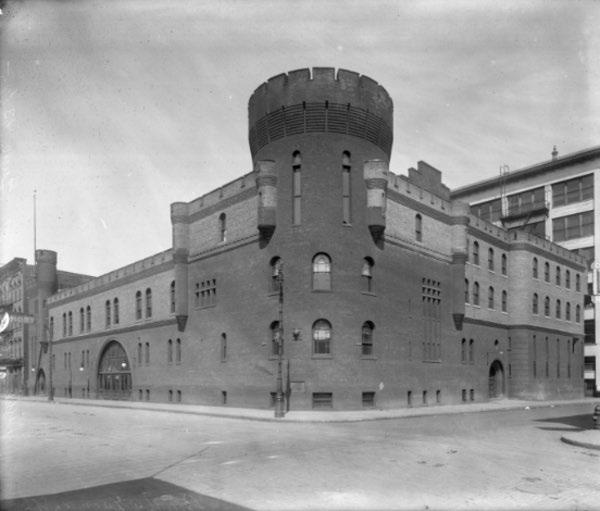
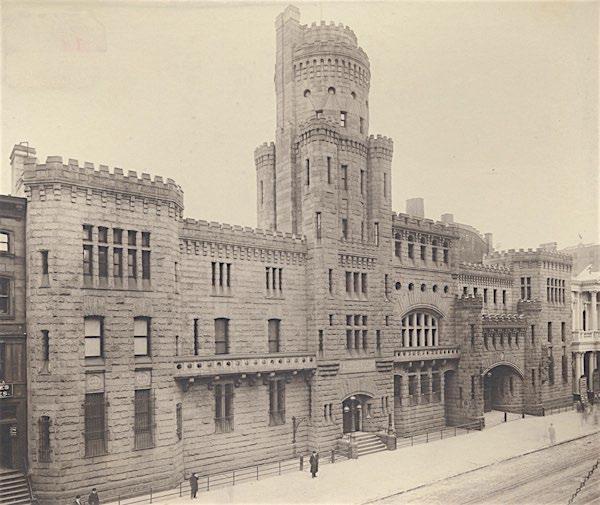
What do armories reveal about the needs and values of America?
The federal government established the first national armories, the Springfield Armory (est. 1794) in Massachusetts and the Harpers Ferry Armory (est. 1799) in Virginia (now West Virginia). These were the main sites for the manufacture of military firearms and played a crucial role in U.S.
military supply. They standardized production techniques and laid the groundwork for what became the "American System of Manufacturing," which used interchangeable parts.
But the great period of armory building began in the late nineteenth century, starting in 1879. This was the Gilded Age: a tumultuous time of both incredible wealth and abject poverty, divisions that were exacerbated in an urban setting.
During this time, the great business conglomerates and monopolies were formed, but so too were the unions and labor organizations. These developments were a source of great tension throughout the period, as the interests of the managers and the workers, of capital and labor, contended with each other for primacy. Unrest was common. As a result, many Americans feared that the United States was in fact on the verge of class warfare (Fogelson, p. 15). There was much evidence to support this view, as news of unrest turning violent was common. For example, a labor dispute in the railroad industry grew in 1877 into a general strike that paralyzed the Midwest and erupted into mob violence that was only suppressed by federal troops of the U.S. Regular Army. Fear and panic spread again in 1886 after an anarchist bomb killed seven policemen at a protest in Chicago during the Haymarket Affair. Yet more violence erupted in 1892 during the Homestead Steel Strike. These and numerous other riots climaxed in 1894 with the Pullman Strike, which, while not as violent as the strike of 1877, affected railways as far west as San Francisco.
While many Americans disagreed about the exact causes of these riots, most agreed about how best to deal with them: through force (Fogelson, p. 29). This was because most Americans believed that law and order should be maintained at any cost. Strikers and rioters were viewed as a massive threat to the values and way of life of the middle and upper classes: they were believed to be foreign anarchists and communists who were engaged in an all- out insurrection against society. The municipal police departments, however, were too poorly equipped and unreliable to handle this task, and the regular troops too few and too expensive. To fill this need, therefore, the states began to take greater control of their volunteer militias, militarizing and training them to suppress riots and strikes.
The newly christened “national guard” was an agent of the state, preserving order and protecting property. It was into this atmosphere that many armories were conceived and built.
Armories provided the Guard with space to train their men not only in the military arts but also in the qualities of a good citizen: patriotism, discipline, and respect for authority. The armories also acted as defensive fortresses for the Guard it was thought that eventually they would be attacked by mobs. Furthermore, the armories acted as symbols of authority, readiness, and determination. In 1891, the Rev. T. De Witt Talmadge explained what armories stood for: “An armory [says] to all the people as they pass by: ‘Be good citizens! Honor the law! Keep the peace! And if you don’t keep it, I will make you keep it!’. The armories’ architecture reflected and reinforced this sentiment: built in the style of medieval castles, these prominent buildings projected the power and strength of the state.
By 1905, worries about class warfare began to fade, replaced with growing concerns of foreign warfare (Fogelson, p. 213). As the twentieth century began, the threat of war with foreign powers emerged and the National Guard increasingly became a reserve force to the regular army, relegating its policing duties to the newly created State Police and coming under federal control. This change in the National Guard resulted in a change in the perception and role of the armories.
As the military value and use of the armories decreased, their civilian use and value increased. Armories began to be used as community centers, serving the daily needs of their communities. This new use of armories as community centers was particularly encouraged during the Great Depression by the WPA, which provided funding contingent that 75% of the armories’ use be civilian (Fogelson, p. 211). In the 1920s and 30s, armories hosted trade shows, dances, and athletic competitions, and served the unemployed (Todd, p. 244, p. 250). They were especially used as recreational facilities for children in an effort to get them “off the streets” (Fogelson, p. 210). In this way, the New Deal firmly entrenched armories as being just as civil as they were martial.
By the twenty-first century, few armories continue to house the National Guard (Fogelsonn, p. 220). Many still serve as homeless shelters, but most have been sold to private organizations which use them for nonmilitary purposes. Many armories are now protected landmarks occupied by a wide variety of not-for-profit or civic entities (Todd, p. 273). Armories and their uses are reflections of the needs of America’s urban environments – they provide a useful reflection of our values and priorities.
Sources:
“The Armory.” SixtyNinth.Net. Web. 1 May 2015.“Armory Foundation.” ArmoryTrack.com. Web. 1 May 2015.
Bady, David. “Kingsbridge Armory.” Lehman College Art Gallery: Architecture. Web. 30 Apr. 5.
Byrne, John. “Class Warfare: Castles to Community Centers: New York’s Armories.” https://rhetorikos.blog.fordham.edu/?p=871
Fogelson, Robert M. America’s Armories: Architecture, Society, and Public Order. Cambridge, Mass.: Harvard UP, 1989. Print.
Howard, Ella. Homeless: Poverty and Place in Urban America. Philadelphia: U of Pennsylvania, 2013. Print.
Todd, Nancy L. New York’s Historic Armories: An Illustrated History. Albany, NY: SUNY Press, 2006. Print.
CI "Royal Bank"
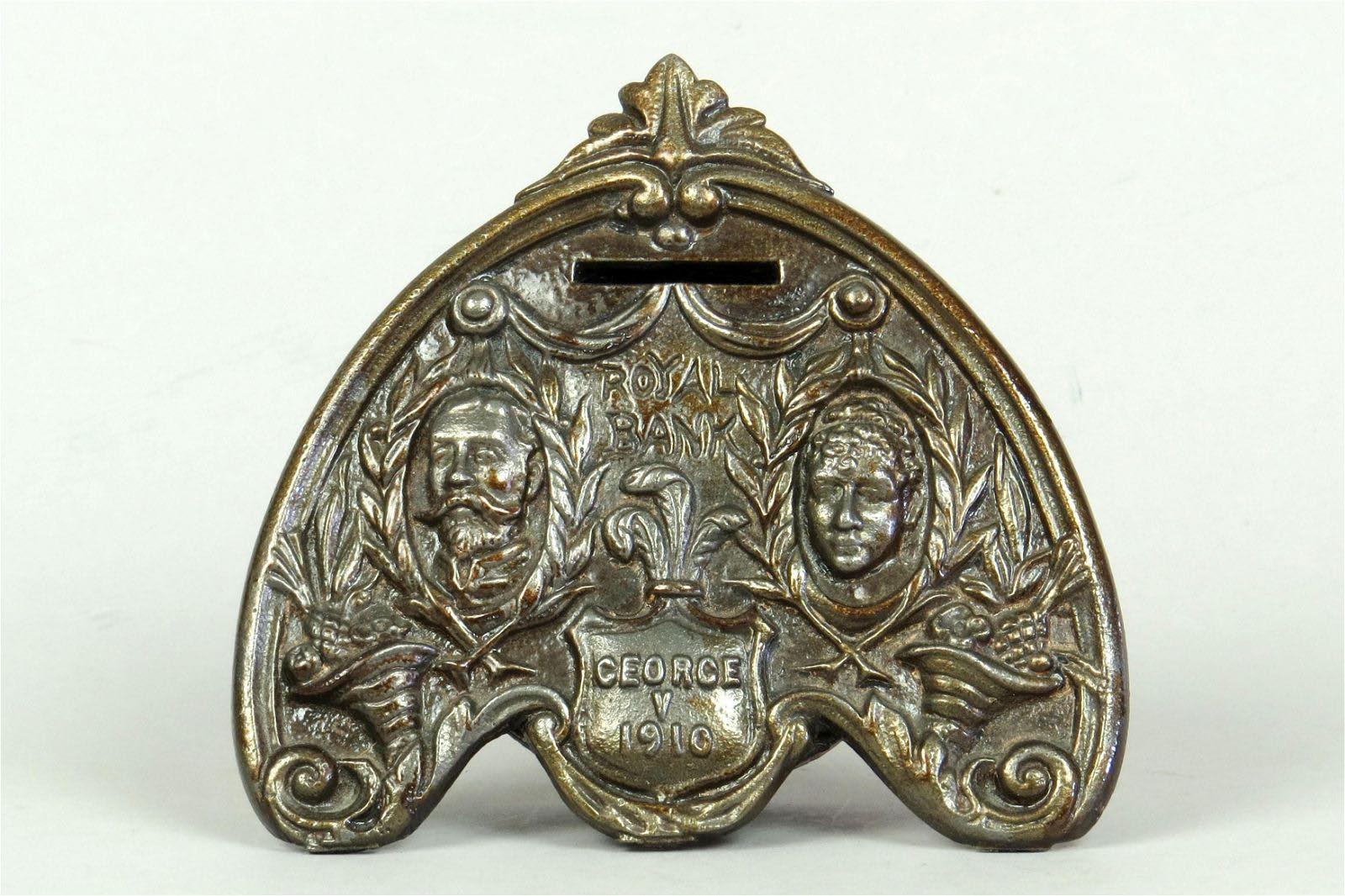
Description: Chamberlain & Hill; "Royal Bank", CI, M1329, "D" rated, "George V 1910", horizontal slot. 5.25”.
There are three versions of this bank. The Royal Bank commemorating George V has either a (1) horizontal slot or a (2) vertical slot. The vertical slot bank appears less often at auction. (3) There is a marriage version of this bank (1983) commemorating the marriage of the Duke of York (later George V) and Princess Mary (May). The medallion at the bottom of this bank is brass colored and contains the appropriate text.
A Monarch Murdered?
George V (George Frederick Ernest Albert; 3 June 1865 – 20 January 1936) was King of the United Kingdom, the British Dominions, and Emperor of India (6 May 1910 until his death in 1936).
As the second son of King Edward VII, Prince George was not in line for succession to the throne and intended to pursue a career in the Royal Navy. In 1877 he and his elder brother Prince Albert Victor became cadets. In January 1892 the Prince's naval career was brought to an abrupt close by the sudden death of Prince Albert Victor, putting him in the direct line of succession. He was named Duke of York on 24 May 1892, and one year later (3 May 1893) became engaged to Princess Victoria Mary (May) of Teck, who had been Prince Albert Victor's fiancée. The couple were married on 6 July 1893.
He succeeded his father in 1910 and was crowned on June 22, 1911, just over three years before the United Kingdom would enter War I. At home, he was confronted with a divided Parliament, industrial unrest, and the task of replacing a resigning prime minister.
After his coronation, the King and Queen travelled to Delhi (the only monarch to do so as King Emperor) where they attended a vast outdoor gathering known as the Delhi Durbar. The Imperial Crown of India (now in the Tower of London) was specially made for the occasion.
Circumstances surrounding the death of George V (revealed in 1986) suggest that his death was assisted by his physician, Lord Bertrand Dawson. Dawson’s diary reveals”
»I.therefore.decided.to.determine.the.end.and.injected.(myself).morphia.gr¡.9―0.and.shortly. afterwards.cocaine.gr¡.7.into.the.[king"s].distended.jugular.vein¡‹.
The injection resulted in the king’s death, an act alternately referred to as “euthanasia,” medically assisted suicide, or murder. According to Dawson’s journal, he intended to both grant the king a painless death and to guarantee that his passing would be announced in the morning papers rather than the “less appropriate evening journals.”
After his death, George V was succeeded by his elder son, Edward VIII, who reigned for only one year before abdicating to marry divorced American socialite Wallis Simpson. George V’s second son took the throne in 1936, becoming King George VI.
His widow, Queen Mary, lived to see her elder granddaughter proclaimed Queen Elizabeth II in February 1952. Queen Mary died in March 1953, a few months before The Queen's coronation.
Sources:
Royal Archives. George V (r. 1910-1936) | The Royal Family Matthias, Meg. "How Did King George V Really Die?". Encyclopedia.Britannica, 28 May. 2024, https://www.britannica.com/story/how- did-king-george-v-really- die. Accessed 27 September 2024.
Seated Collie Spelter Bank
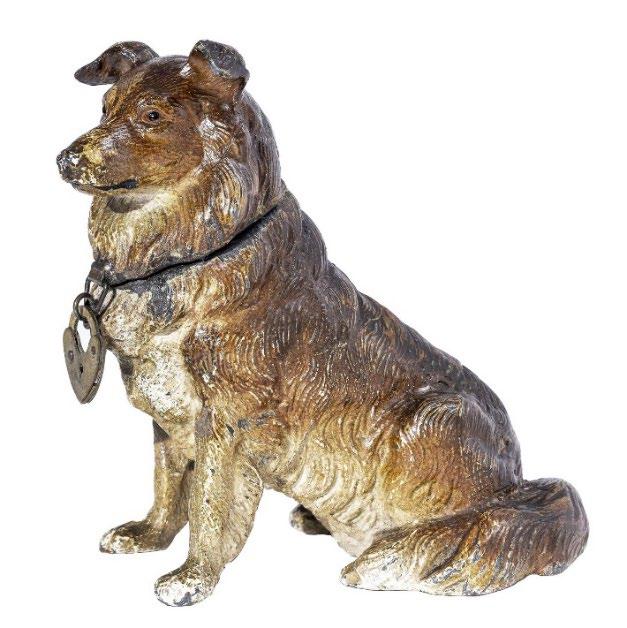
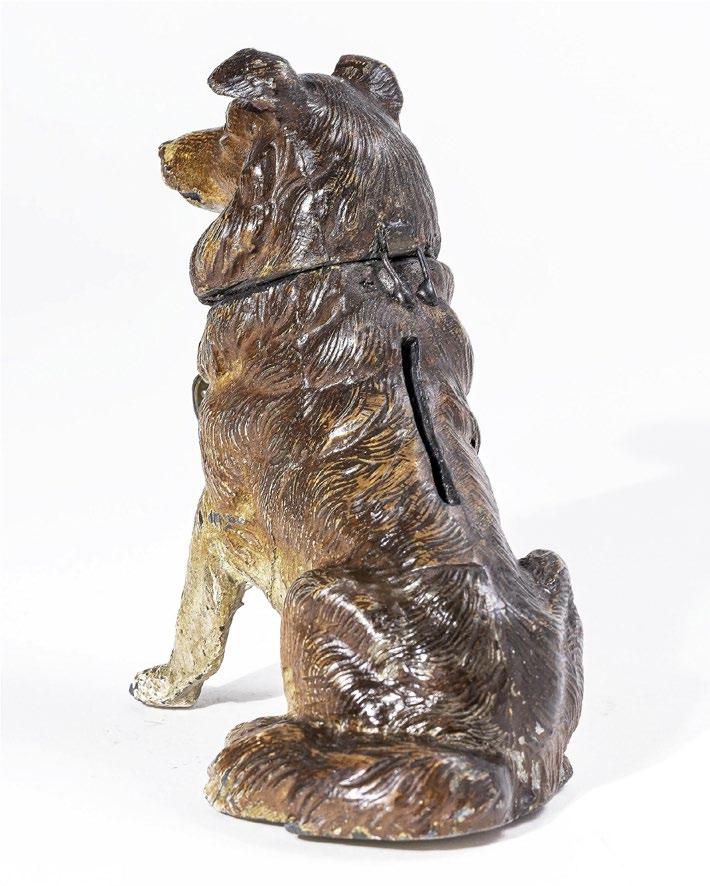
Description: Germany - 1920s - 4 3/8" Tall. PGSB 227. Rated F
From WWI to the Hollywood Walk of Fame
New Year’s Day 1914 was to be the start of a tragic year for most aboard the HMS Formidable. Just twenty miles off Start Point in Devon, the ship was torpedoed at 2am on New Year's Day and then again at 4.40am before it went down (David Tucker, Lyme Regis Museum).
Carrying a crew of almost eight hundred , only 200 men survived the attack. Some of the survivors were recovered by a fishing boat out of Brixham. A nd a small number of crew members were able to launch a lifeboat before the Formidable lost power. These forty men spent 23 hours at sea before the lifeboat reached Lyme Regis. Seven of the men died on board from exposure.
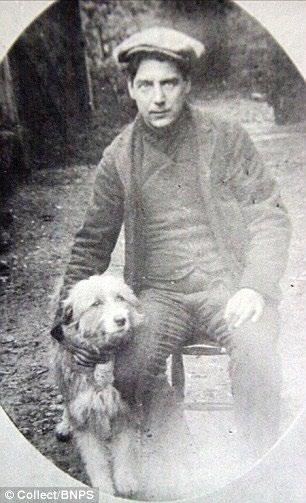
A local police officer arranged for the survivors to go to the Pilot Boat inn about 50 meters away where they were given dry clothes, brandy, and cigarettes. Landlord Tommy Atkins turned his beer cellar into a makeshift mortuary and the dead were placed there before the bodies could be taken away by officials.
A total of seven bodies were paid out in the cellar. All were presumed dead until the landlord's rough-haired collie dog named Lassie entered the basement and sat alongside the motionless body of one sailor, Able Seaman John Cowan.
She stayed beside him for more than half an hour, nuzzling him and keeping him warm with her fur. To everyone's astonishment, Cowan eventually stirred. He was taken to a hospital and went on to make a full recovery. He visited Lassie again when he returned to thank all who saved his life.
Some believe the Lyme Regis dog provided English author Eric Knight with the inspiration to write his 1938 novel Lassie Come Home, which paved the way for the subsequent TV show and film.
American author, Ace Collins (Lassie - A Dog's Life, 1993) maintains the inspiration for the Lassie novel was the heartbreak of Knight witnessing families sell their prized collies to buy food during the Depression of the 1930s. His own collie, Toots, ser ved as the model for Lassie in the Saturday Evening Post short story that was later expanded into a novel.
in 1943, Knight’s novel was adapted into a feature film, Lassie Come Home, by Metro -GoldwynMayer (MGM) that starred Roddy McDowall and Elizabeth Taylor. MGM followed this with additional films, including a sequel entitled Son of Lassie (1945), starring Peter Lawford and June Lockhart, and Courage of Lassie starring Elizabeth Taylor. Airing until 1949, a radio series, the Lassie Radio Show, was also created. Between 1954-1973, the television series Lassie was broadcast.
Lassie is one of only four animals (and one of very few fictional characters, such as Mickey Mouse, Kermit the Frog, and Bugs Bunny) to be awarded a star on the Hollywood Walk of Fame the others being silent - film stars Rin Tin Tin, Uggie, and Strongheart. In 2005 Variety named Lassie one of the "100 Icons of the Century" the only animal star on the list.
Less well - known but noteworthy Collies include:
• Blanco, pet of Lyndon Johnson.
• Kep, pet of Beatrix Potter. He is depicted in the book The Tale of Jemima Puddle - Duck.
• Lad, pet of Albert Payson Terhune. He is chronicled through several short stories, most famously in the collection Lad, A Dog.
• Pickles, known for his role in finding the stolen Jules Rimet Trophy in March 1966, four months before the 1966 FIFA World Cup kicked off in England.
• Pal, who played Lassie.
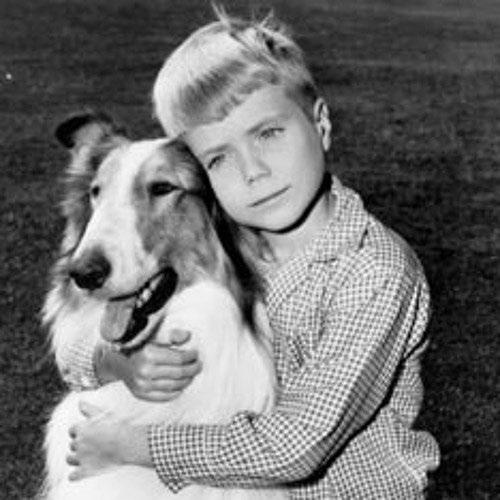
• Peter, awarded the Dickin Medal for conspicuous gallantry or devotion to duty while serving in military conflict.
• Reveille, a Rough Collie, official mascot of Texas A&M University.
Sources
Franklin R.M. 2005 Captain Loxley's Little Dog And Lassie The Life - saving Collie: Hero Dogs of the First World War Associated With The Sinking of H.M.S. Formidable.
Daily Mail.UK https://www.dailymail.co.uk/news/article - 2891220/Was - original - LassieAmazing - story - dog - brought - World - War- sailor- life -100 - years - ago - revealed.html
https://en.wikipedia.org/wiki/Lassie
https://en.wikipedia.org/wiki/Collie
Large Seated Dachshund Bank

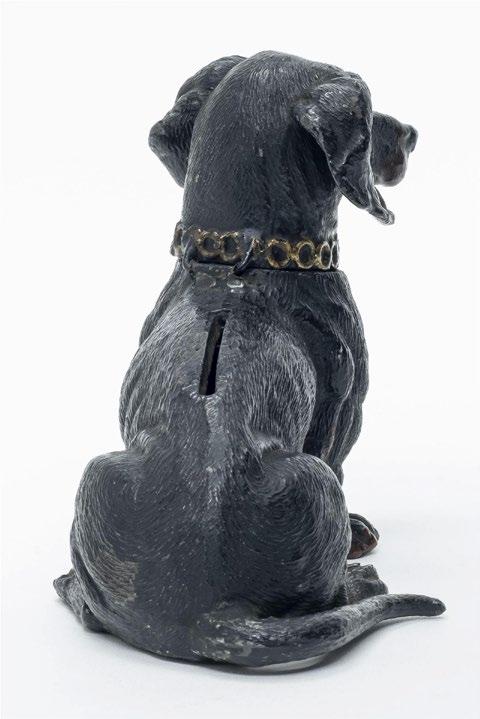
Description: German - 1920s - 4" T 5 ½” L. PGSB 257C; Rated C
The Liberty Hound
Traditionally viewed as a symbol of Germany. political cartoonists commonly used the image of the dachshund to ridicule Germany in WWI and WWII. During World War I, the dachshunds' popularity in the United States plummeted because of this association. As a result, they were often called "liberty hounds" by their owners similar to "liberty cabbage" becoming a term for sauerkraut mostly in North America.
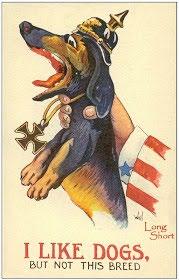
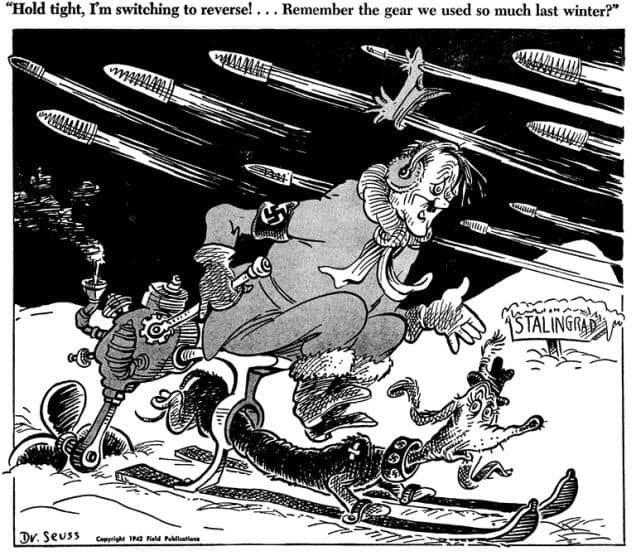
Sources:
https://elderofziyon.blogspot.com/2019/04/why-was-bibi- dachshund-in- cartoon.html
https://historycollection.com/dr-seuss-propaganda-9-shocking-world-war-ii-propagandacartoons- drawn-famous-artist/9/
German Lead Jackie Coogan Still Bank.
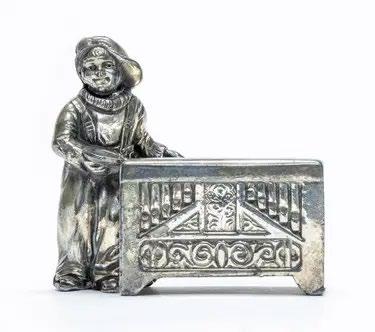
Description: Jackie Coogan dressed as the Kid to left of money box (sometimes described as an organ). 3 - 1/4" x 3 - 1/2".M300
From The Kid to Uncle Fester
John Leslie "Jackie" Coogan was an American actor and comedian who began his movie career as a child actor in silent films.
The Kid, an American silent film comedy- drama, released in 1921, starred Charlie Chaplin in the first feature film with his popular “Little Tramp” character. It elevated Jackie Coogan to the status of the film industry’s first child superstar.
A tramp (played by Chaplin) reluctantly rescues a baby abandoned by an unwed mother (Edna Purviance) and successfully raises him for a number of years. When the mother eventually attempts to retrieve the child, the tramp and his young protégé (Coogan) embark on a desperate attempt to escape.
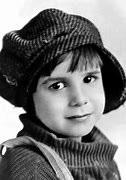
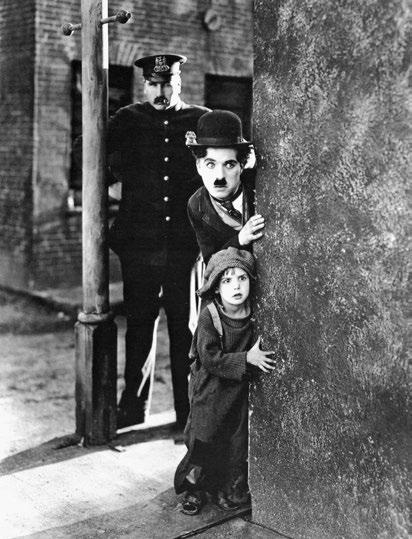
By the time he turned 21, Jackie Coogan had appeared in more than 20 films, starring in Oliver Twist, Tom Sawyer and Huckleberry Finn, among many other classic films. His earnings during these lucrative early years were estimated to be $4 million an astounding amount in those days.
In 1935, he was the sole survivor of an auto accident in which his father and three others were killed. In 1938 he sued his mother and stepfather (his former business manager), only to learn that his parents had spent virtually all of his multimillion- dollar fortune. The larger result was that the California legislature enacted the Child Actors Bill, popularly called the “Coogan Law,” ensuring child movie actors such rights as having their contracts approved by the courts and their income governed by financial institutions.
Coogan continued to act throughout his life, later earning renewed fame in middle age portraying Uncle Fester in the 1960s TV series The Addams Family.
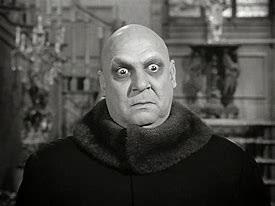
Jackie Coogan: Biography. Jackie Coogan - Biography - IMDb
Hamilton, E.L. (2018) The Tragic Real-Life Story of Jackie Coogan, Uncle Fester From 'The Addams Family' | The Vintage News

